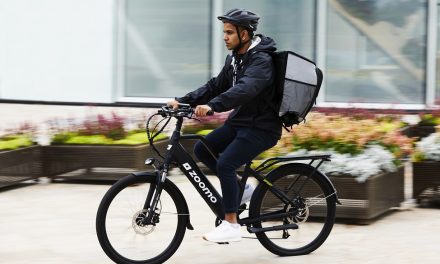
IPC: Amazon, eBay and Alibaba account for two-thirds of cross-border purchases
The second edition of the International Post Corporation (IPC) cross-border e-commerce shopper survey has confirmed the leading role played by Amazon, eBay and Alibaba – who collectively account for two-thirds of cross-border purchases. The reach of the survey has also been considerably increased, extending to over 24,000 respondents in 26 markets across North America, Asia Pacific and Europe.
Holger Winklbauer, CEO of IPC, said: “The extension of the IPC cross-border e-commerce shopper survey into 26 global markets strengthens the insights we had collected with the first survey. As e-commerce continues to be on the rise it is vital for postal operators to understand the evolving cross-border e-commerce shoppers’ expectations. By understanding the consumers’ behaviour posts can better meet their needs and remove remaining obstacles for consumers to fully embrace the opportunities of cross-border e-commerce.”
The IPC survey found that consumer preferences in China differed from other developed markets. Chinese consumers are more likely to shop online than consumers in any other country, said IPC, with 36% shopping online at least once a week.
The survey indicated that clear information about delivery charges, free returns and free delivery over a particular value are the most important drivers for cross-border online shoppers.
Considering cross-border purchases, consumers are more likely to pay extra for tracking rather than for speed of delivery. Consumers are more willing to pay for delivery of a tracked item that takes 5-8 days that an untracked item that takes 3-4 days.
China is the most popular market for consumers around the world to shop from, accounting for 26% of most recent cross-border purchases, followed by the US (16%), Germany (15%) and the UK (15%).
The US and China are the main markets cross-border shoppers bought from in Asia Pacific and Canada. China is the overall favoured market for Europeans, but notable differences are seen in Luxembourg, Belgium, Austria or Switzerland where cross-border shoppers mainly bought from neighbouring countries with a shared language.
Amazon, eBay and Alibaba were the top three websites used by cross-border consumers in almost all countries. Overall, they accounted for 65% of most recent cross-border purchases.
The top four categories bought cross-border are clothing, footwear & apparel (33%); consumer electronics (21%); books, music & media (14%) and health & beauty (13%).
When looking at the value of the goods bought by cross-border online shoppers, goods ordered online cross-border are mostly low-weight and low-value items, with 45% weighing less than 500g, and 16% valued less than €10, with a further 40% valued between €10 and €49.
The survey also looked at consumer’s delivery experiences – and found tthat most cross-border purchases had free shipping. 59% of respondents received free shipping for their most recent cross-border e-commerce purchase. Chinese consumers benefited the most from free shipping (78%).
70% of cross-border online shoppers were offered tracking and 88% used it, mostly in the interim stage to check on delivery progress. Almost three-quarters of shoppers used the post for their most recent cross-border purchase. Overall, 87% were satisfied with their delivery experience. Overall, 30% of purchases included a free return label. Only 6% returned their cross-border purchase, mostly using the post for this return.
To download the key findings from the research go to https://www.ipc.be/~/media/documents/public/markets/2016/ipc-cross-border-e-commerce-shopper-survey2017.pdf












